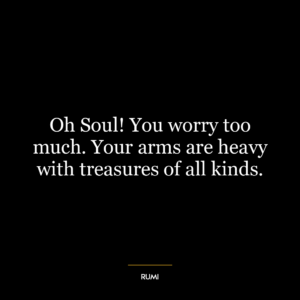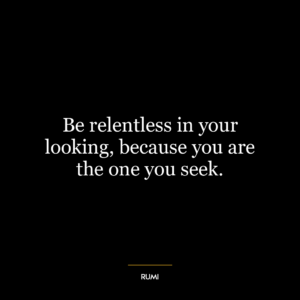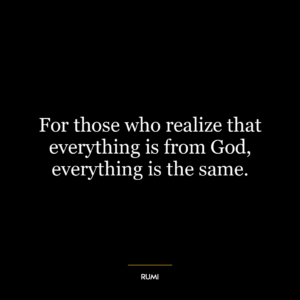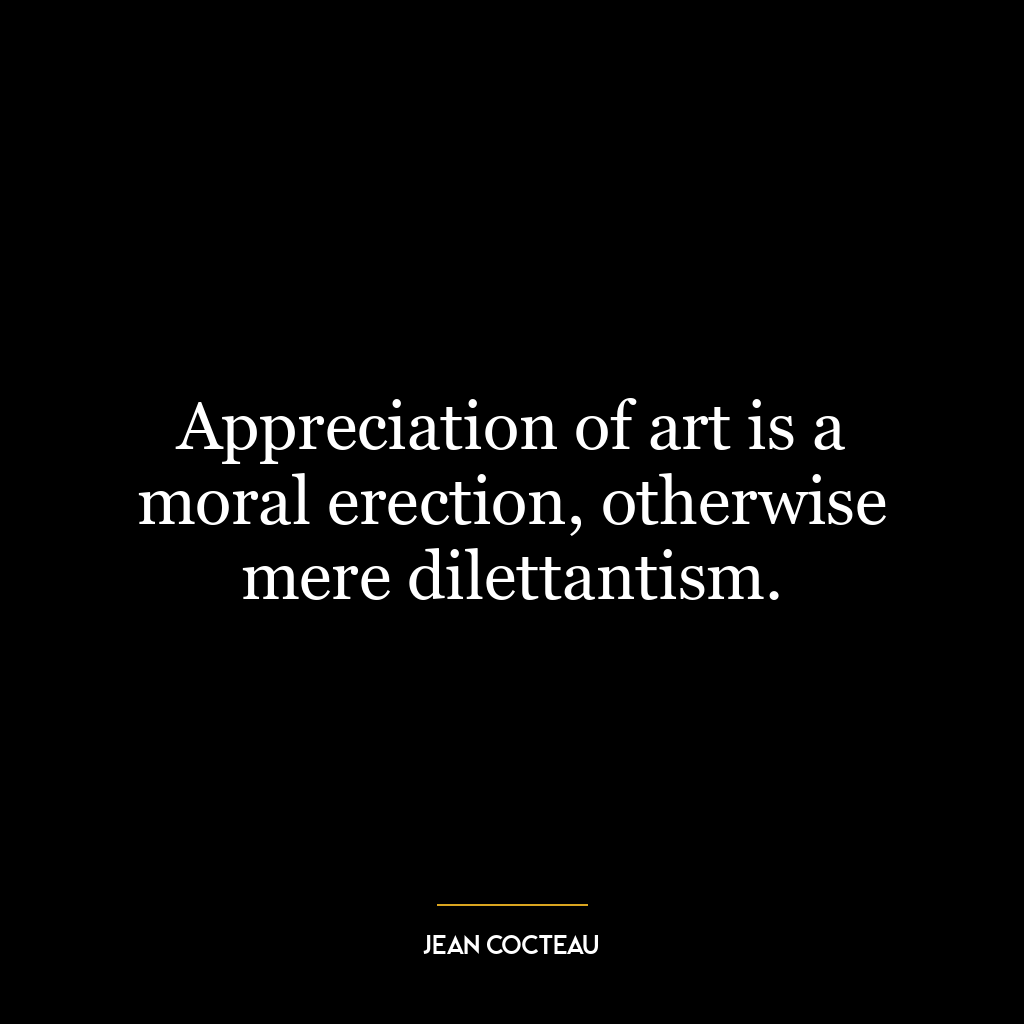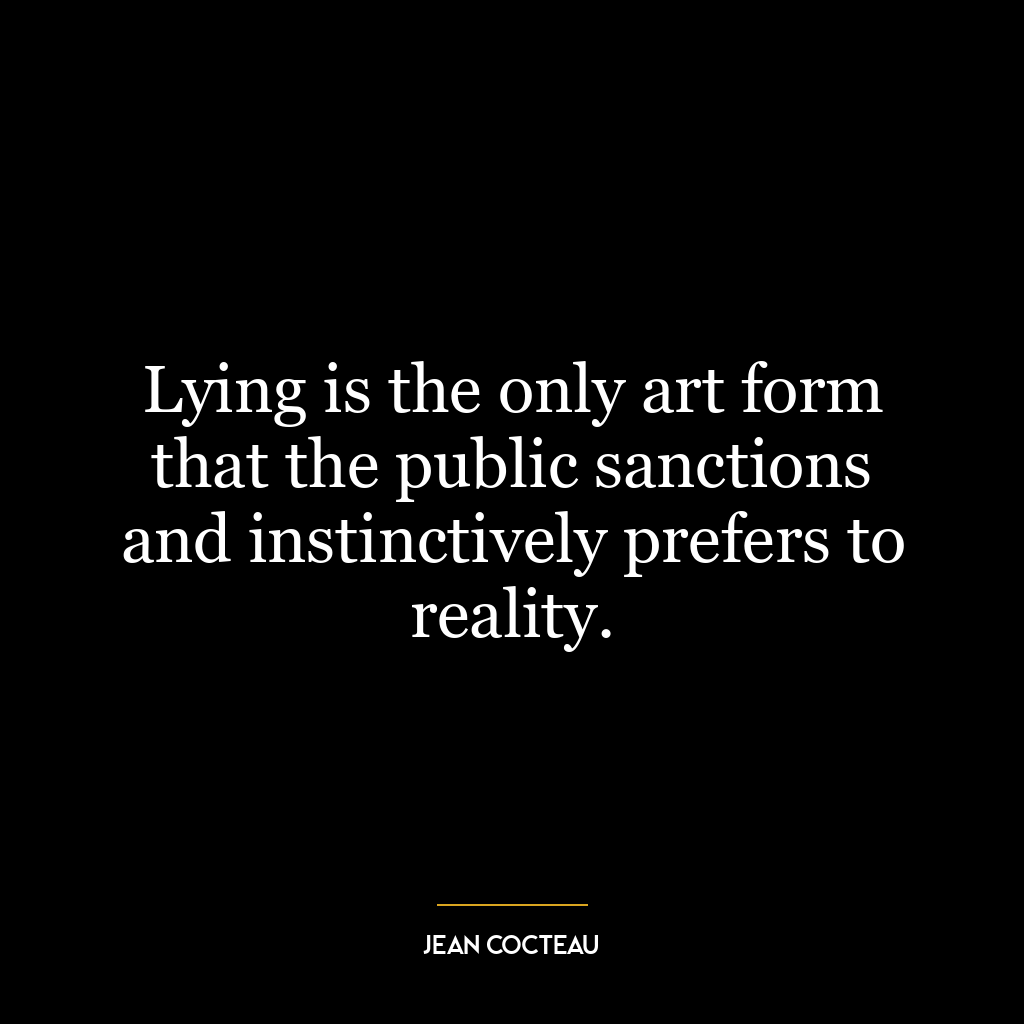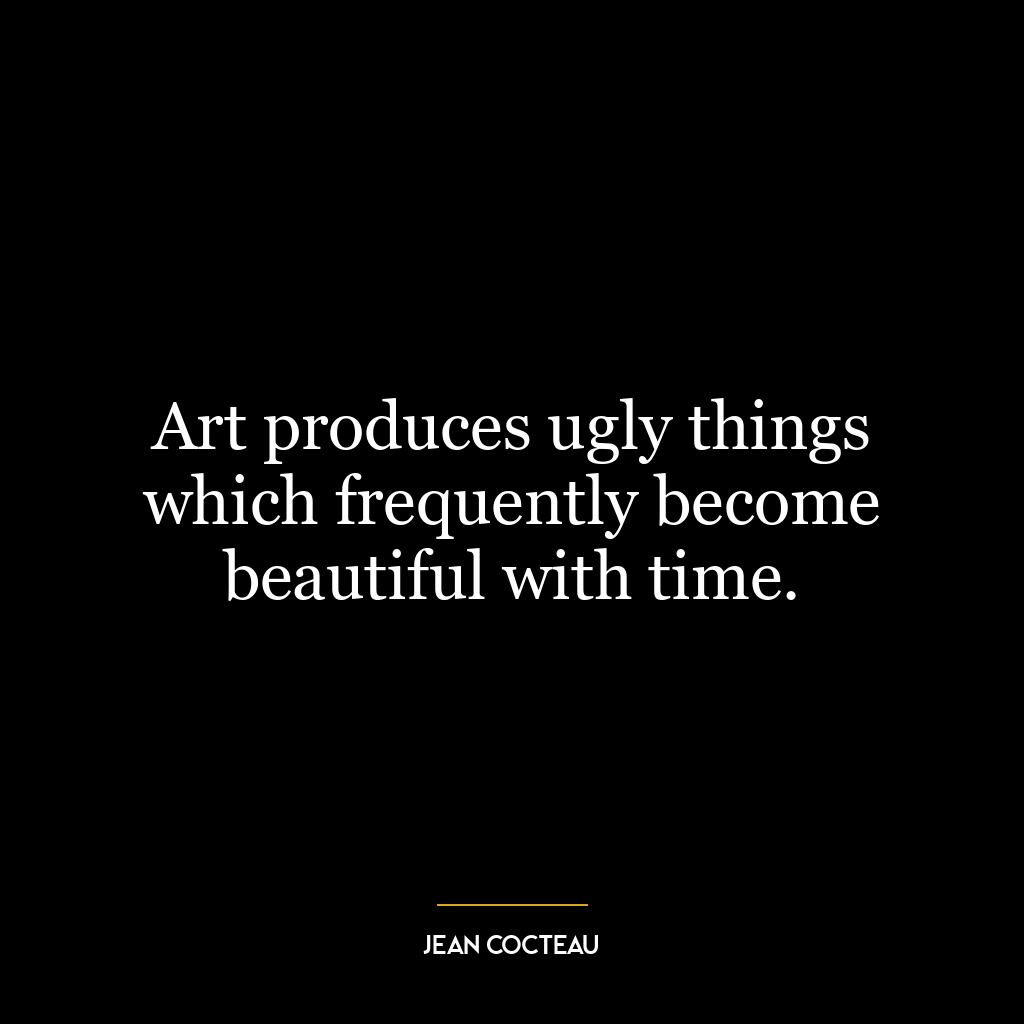This quote by Rumi, a 13th-century Persian poet, philosopher, and theologian, speaks to the intimate relationship between love, personal perception, and creativity. The first part, "You live in my heart where no one sees you but I do," suggests a deep, private love or affection that the speaker holds for someone. This love is unseen and unknown to others, yet it is palpably real and significant to the speaker.
The second part of the quote, "That vision becomes this art," implies that this personal, unseen love is the inspiration and driving force behind the speaker’s creativity or artistic expression. The "vision" here refers to the internal image or understanding the speaker has of the person they love. This vision is transformed into art, making the private love public through creative expression.
In the context of the modern world, this quote can be seen as a testament to the power of personal experiences and emotions in driving creativity and artistic expression. It suggests that our most powerful work often comes from our deepest, most personal feelings and experiences. This can apply not only to traditional forms of art, such as painting or writing, but also to any creative endeavor, including entrepreneurship, scientific innovation, or social activism.
From a personal development perspective, this quote encourages introspection and emotional honesty. It suggests that by acknowledging and exploring our deepest feelings, we can find a wellspring of inspiration and creativity. It also highlights the importance of individual perspective, reminding us that our unique visions and experiences are valuable and can be transformed into meaningful, impactful work.



